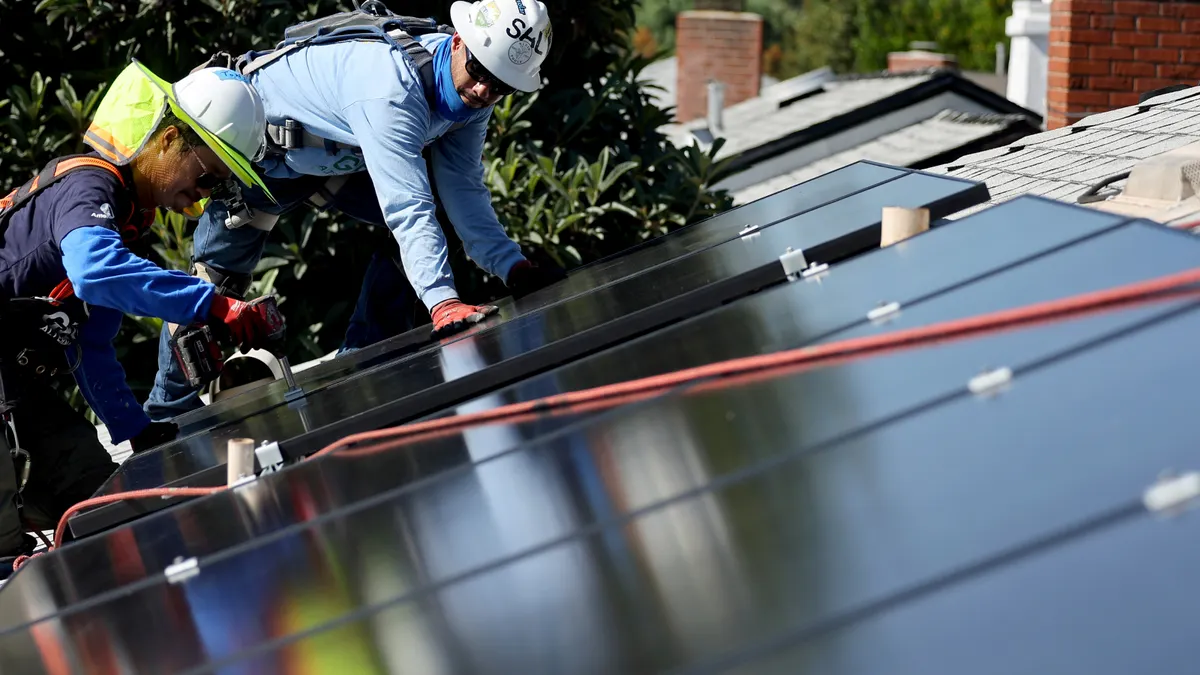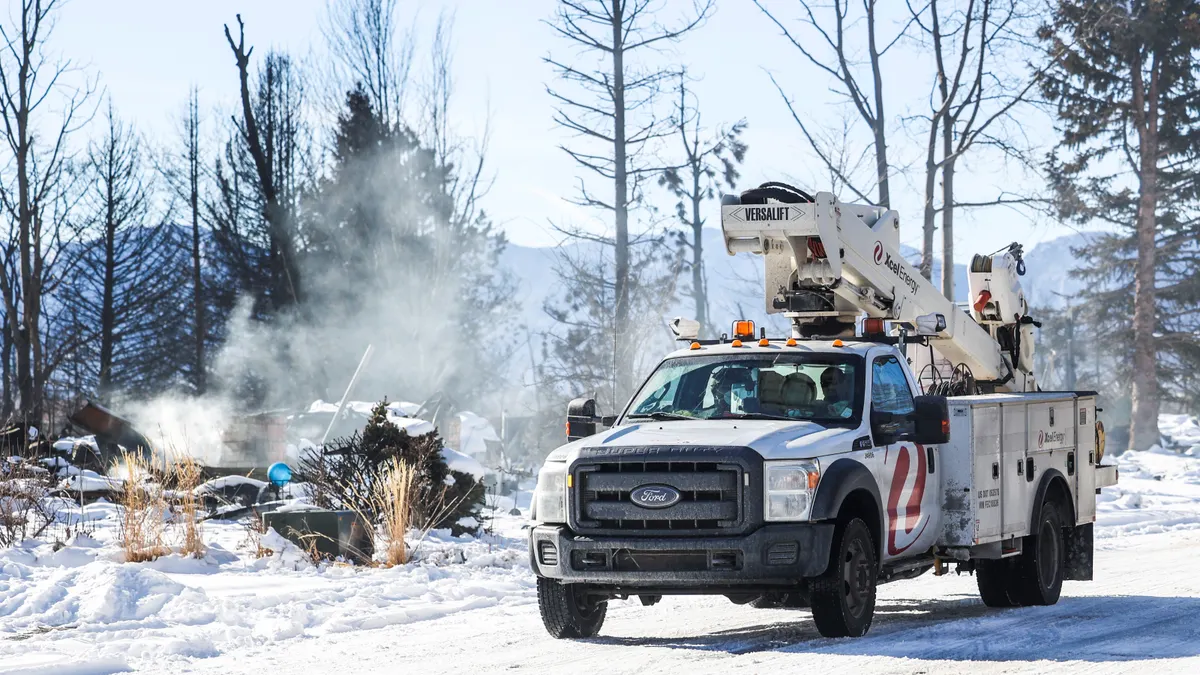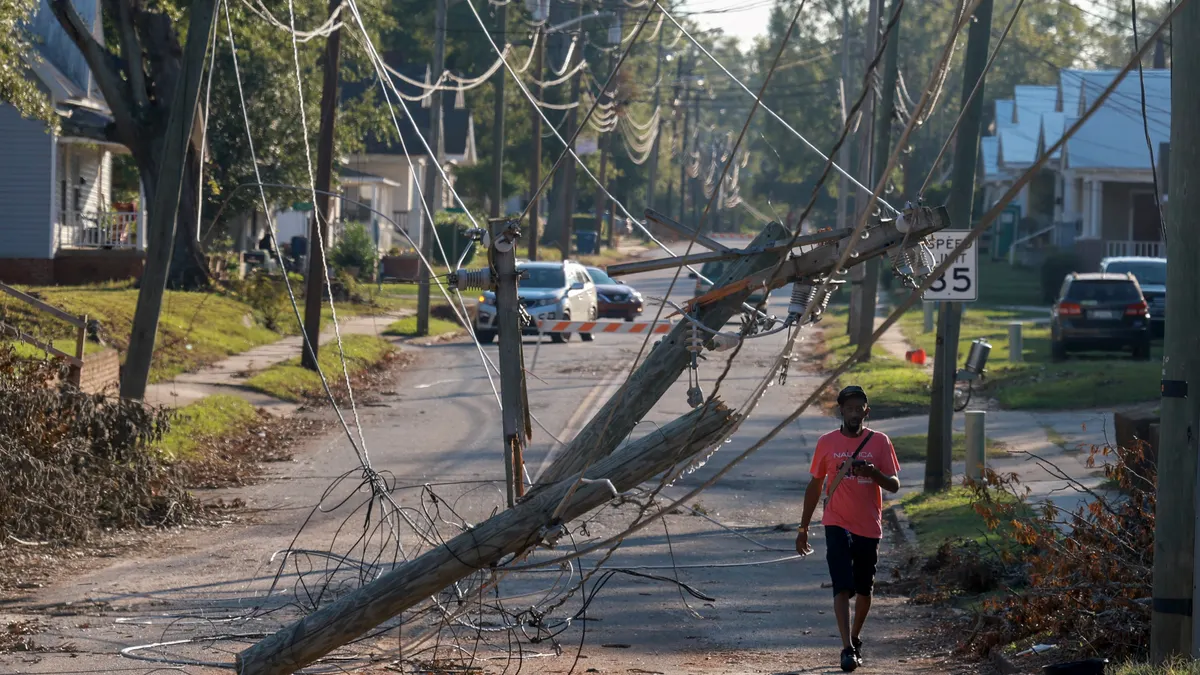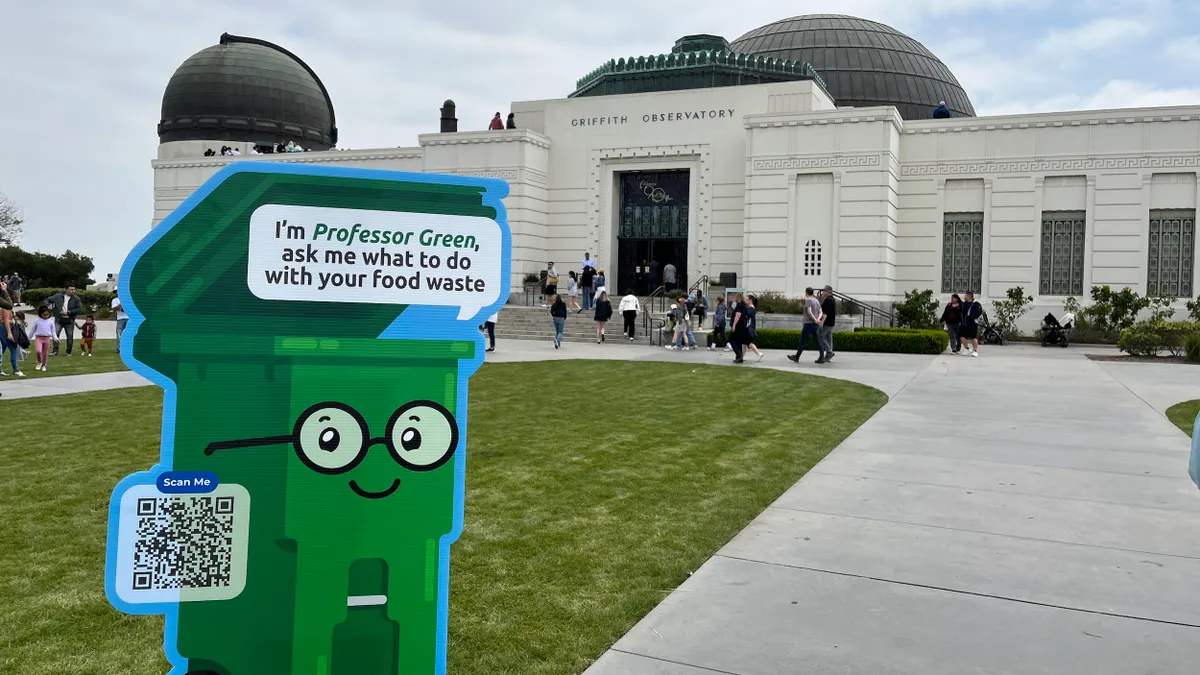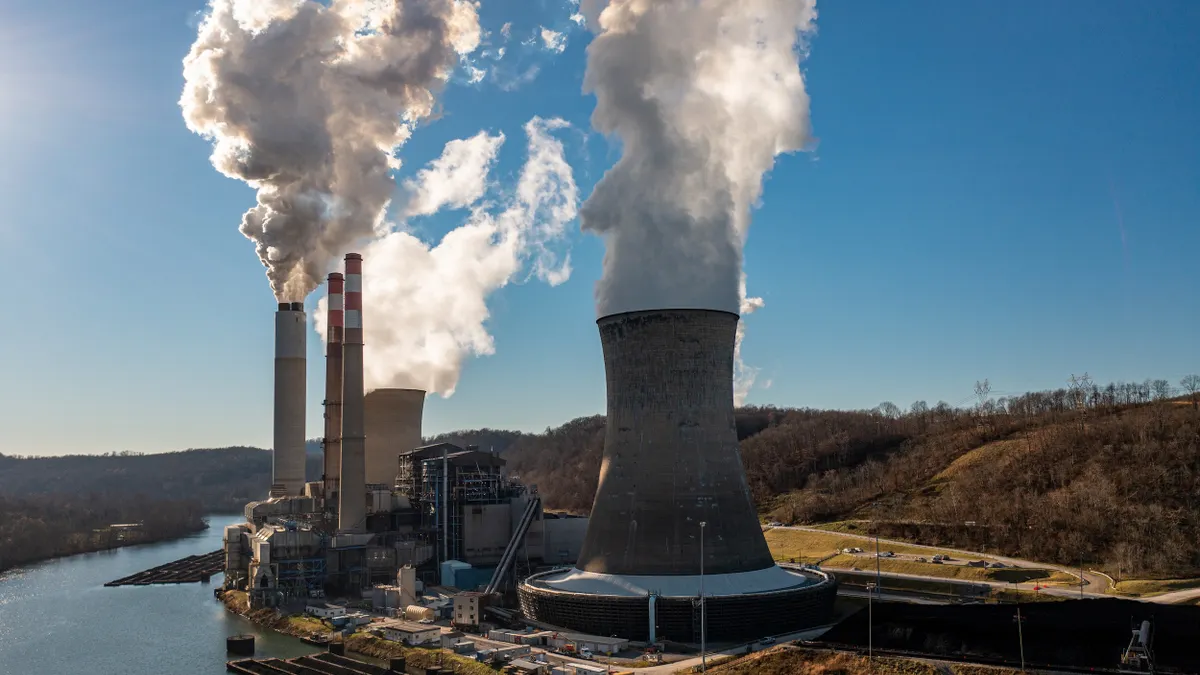Editor's Note: This piece was written by Michael Hartnack, a research analyst at Navigant Research. The opinions represented in this piece are independent of Smart Cities Dive's views.
Designed to perform human functions seamlessly, robots are a major part of our everyday lives — and have been for nearly a century. Decades ago, robotic automobile assembly lines replaced hand-built car manufacturing, and remotely operated military surveillance planes (drones) were deployed to keep pilots out of dangerous territory. Today, these robotics technologies have penetrated the utility industry, providing utilities with innovative options for improving operations. The global revenue for all drones and robotics for transmission and distribution (T&D) segments is expected to reach approximately $13.2 billion by 2026.
Three major robotics technologies and their applications to T&D operations have been identified — ground-based, line-suspended and aerial robots (drones). However, the mere existence and deployment of these robotics technologies is not enough to satisfy utilities and major industry vendors. The real goal is complete autonomy; the removal of human intervention. This is where the true cost savings will materialize.
For each type of robot, there are two points of interface: human-robot, and robot-grid. Many utilities are working to integrate robots, and most are focused on how to optimize the human-robot interface. How do we control it? How do we maintain it? How do we receive the data it captures? Is it secure? Is it safe? These are only a few of the questions utilities are asking as they seek to increase deployment of robots across their systems. The more important questions, however, are those that ask how to remove the human element from the operation of the robotic device.
The following sections describe what a fully automated version of each robot type could look like, and address a few of the significant challenges posed to each along the road to complete automation. It’s important to note that the devices outlined below are hypothetical, and represent strengths from various offerings in the market today.
On the ground
Located at solar-charging docking stations within a transmission substation, two robots routinely patrol the substation, equipped with visual and infrared thermal imagery sensors. Traveling along a pre-programmed path using an integrated GPS system, the robot, powered by its rechargeable battery, scans substation assets, looking for faults such as elevated temperatures, fluid leaks, or damaged hardware. Trained to recognized high risk asset characteristics, the robot tags images of faulty assets, and securely streams the captured imagery up to the cloud for analysis by the utility’s asset management software platform. The asset management platform further analyzes the imagery and presents a utility engineer with the images, requiring a human stamp of approval prior to the dispatch of a crew to address the risk.
A similar model to the one described is employed in China, but it lacks some of the functionality. For an inspection robot to function in the above scenario, it would require a sophisticated (and expensive) GPS system, an advanced computer chip to handle the onboard image processing and a unified design — likely built from the ground up by one manufacturer to be sure each part works well with the others. This is an expensive project, and currently the industry lacks motivation for significant R&D investment, as regulatory restrictions limit the potential for immediate deployment.
On the line
Hanging from a transmission line and tethered to a pole, robots are positioned at 50-mile intervals along the transmission network. Once installed, the robot stays on the line, and is programed for routine inspection. Drawing power from the energized line, the robot begins its scheduled maintenance, traveling along the line, collecting visual and infrared images of the line, insulators, and other pole-mounted hardware. The robot can also detect line core integrity, and streams the data over a secure connection to the utility’s cloud-based asset management platform. Robots are equipped with automated robotic arms capable of performing minor line and hardware repair such as tightening bolts and clearing debris. When the robot gets to a tower or other obstacle, the arms activate and secure the robot to the line on the other side of the obstacle. The robot then swings itself over to the new span of line, and continues its inspection. When inspection is done, the robot docks at a small docking station, several of which are located on poles along the robot’s inspection route.
This hypothetical robotic device is not too different from many that are used today, but most need to be installed and uninstalled for each inspection operation. Installation can require an entire line crew and sometimes a crane or helicopter as well. With a line-suspended robotic device capable of automated inspection without human intervention, utilities would save significant inspection costs. One major issue with this potential inspection program is the device’s exposure to the elements, and potentially dangerous situations involving high winds or damaging storms. The device would need to be programed with instructions to remain docked if necessary based on several external factors.
In the air
Housed in a large boxlike structure at the base of a transmission tower, a hexacopter drone powers up and begins its two-hour, 20-mile, one-way inspection journey. Powered by a rechargeable battery, the hexacopter flies up above the line structure and begins capturing still imagery, thermal imagery, and a live video stream of the transmission tower and line. The robot streams this data in real-time over a secure connection to the utility’s asset management platform. The drone is programed to inspect the line as it flies, but also to stop and capture visual and sensory data for transmission tower assets such as insulators. Equipped with a GPS guiding system, the drone flies along a pre-mapped route and lands in a docking station at the end of the route. The powered docking station can either keep the drone for recharging, or use its robotic arms to change the drone’s battery and sent it on to the next stretch of line for inspection.
While this model is currently technologically feasible, its application and eventual implementation into utility operations is significantly suppressed by the regulatory environment and artificial intelligence challenges. Although regulatory frameworks vary regionally around the world, unmanned aerial vehicle regulations limit the potential benefits of aerial robots more than they do ground-based or line-suspended robots. In addition to the regulatory limitations, there are hardware and software challenges to be addressed with a fully automated drone system, such as weather awareness, emergency response capabilities, mid-flight reprogramming and communication capabilities.
It’s easy to see the benefits of fully automated robot deployment into T&D operations, but impossible to overlook the challenges that lay ahead. Once the challenges are addressed, market growth is expected as utilities build their regulatory cases for deployment. The continued implementation of pilot programs for drones and robotics will push regulators to allow expanded programs and drive investment into new technology, and it is this new technology that will enable utilities to remove the human element.









